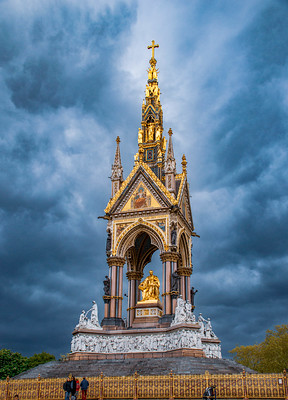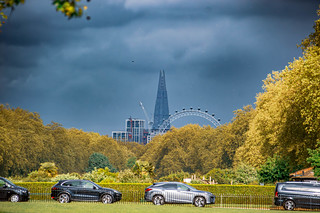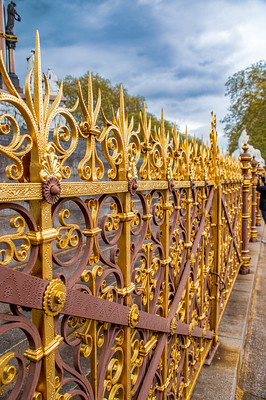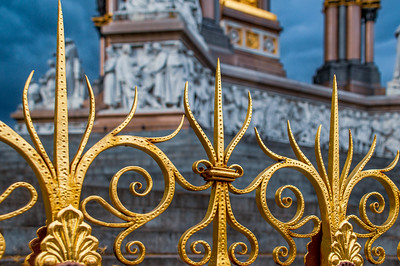About Hyde Park
Hyde Park has a long history as a site of protest, and still hosts rallies and marches today. Visit Speakers’ Corner on a Sunday morning to hear people from all walks of life share their views.
Henry VIII acquired Hyde Park from the monks of Westminster Abbey in 1536; he and his court were often to be seen on thundering steeds in the hunt for deer.
It remained a private hunting ground until James I came to the throne and permitted limited access. The King appointed a ranger, or keeper, to take charge of the park. It was Charles I who changed the nature of the park completely. He had the Ring (north of the present Serpentine boathouses) created and in 1637 opened the park to the general public.
In 1665, the year of the Great Plague, many citizens of London fled the City to camp on Hyde Park, in the hope of escaping the disease.
Towards the end of the 17th century William III moved his court to Kensington Palace. He found that his walk to St James's was very dangerous, so he had 300 oil lamps installed, creating the first artificially lit highway in the country. This route later became known as Rotten Row, which is a corruption of the French 'Route de Roi' or King's Road.
www.royalparks.org.uk



















